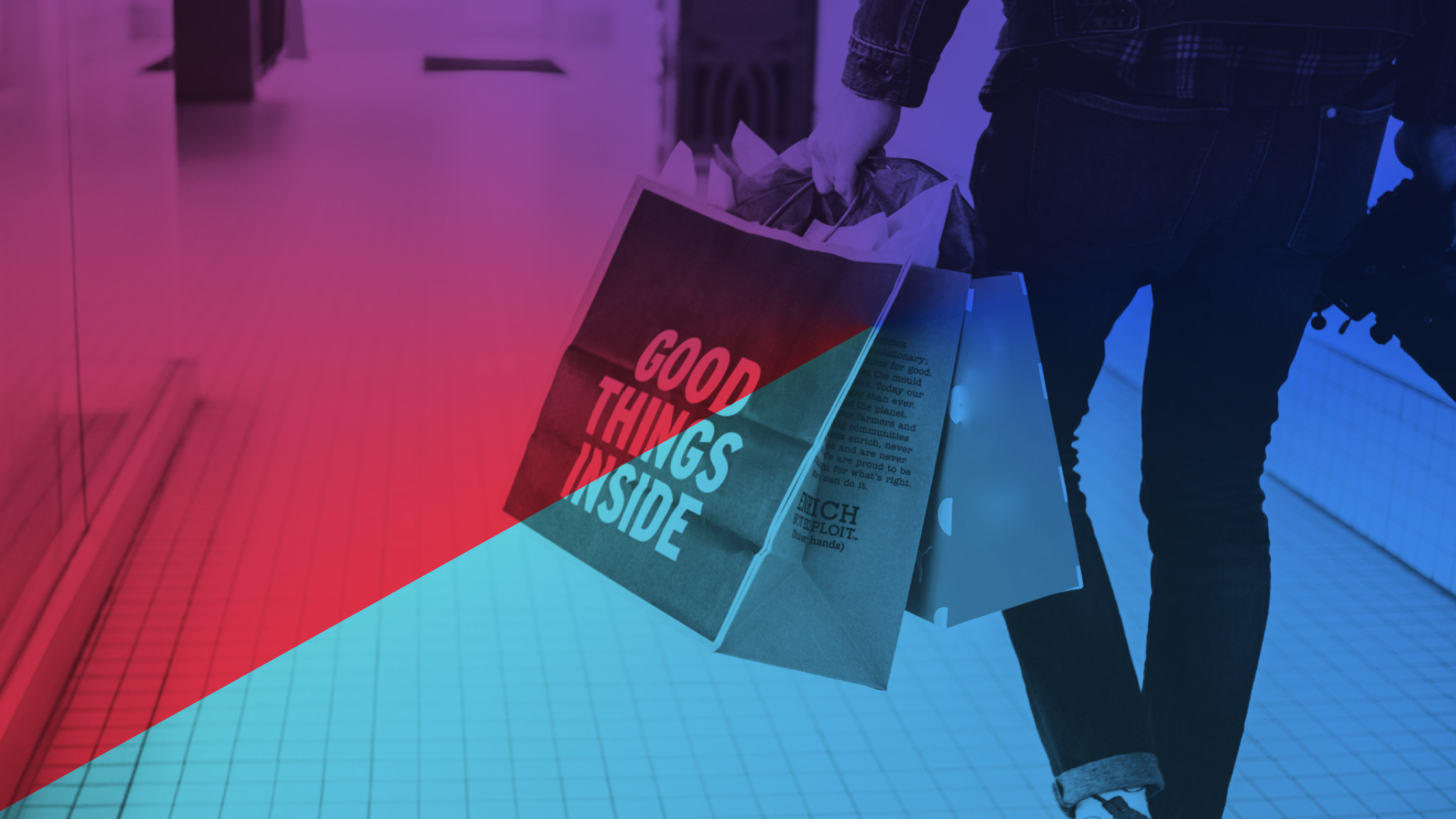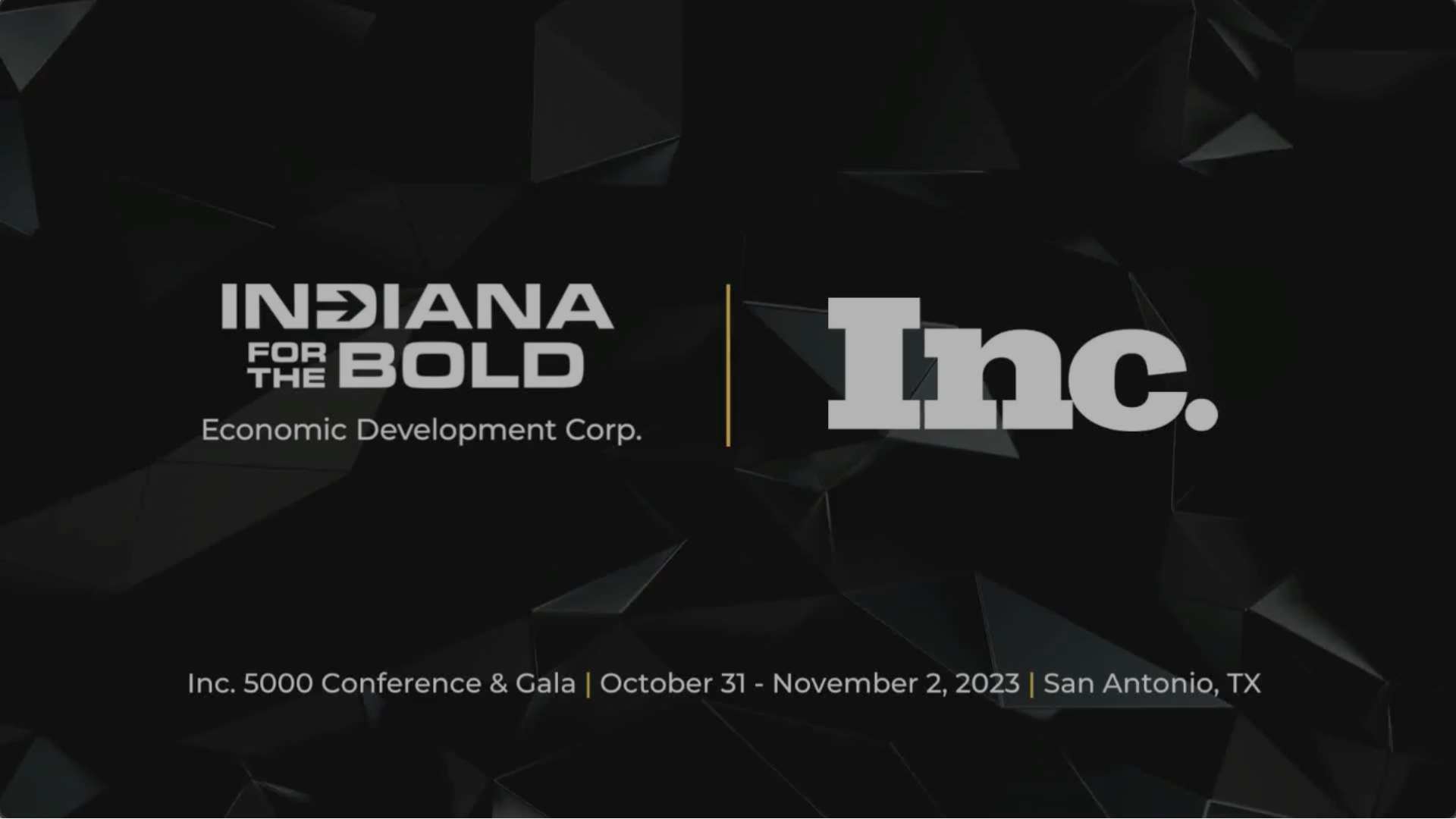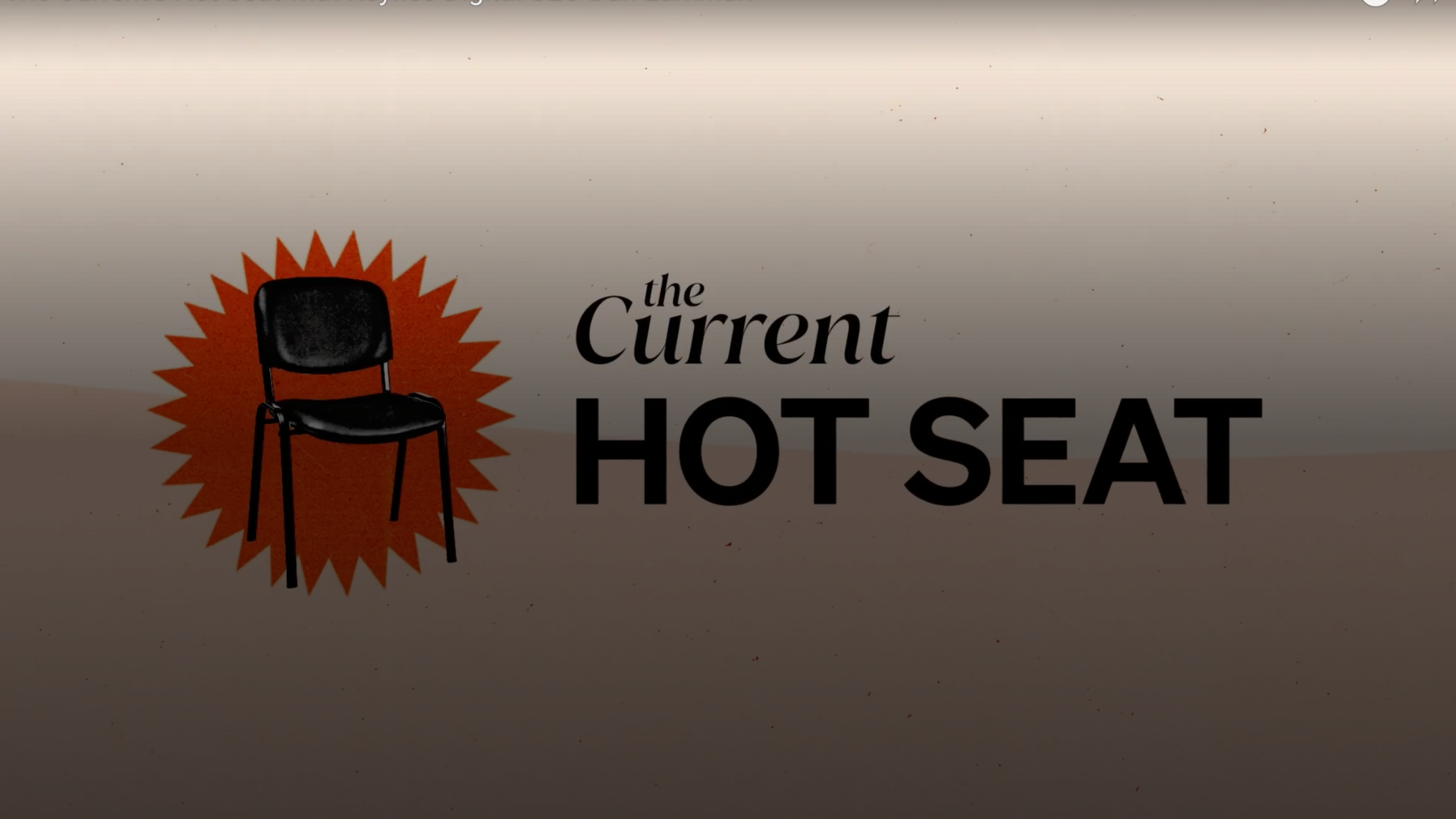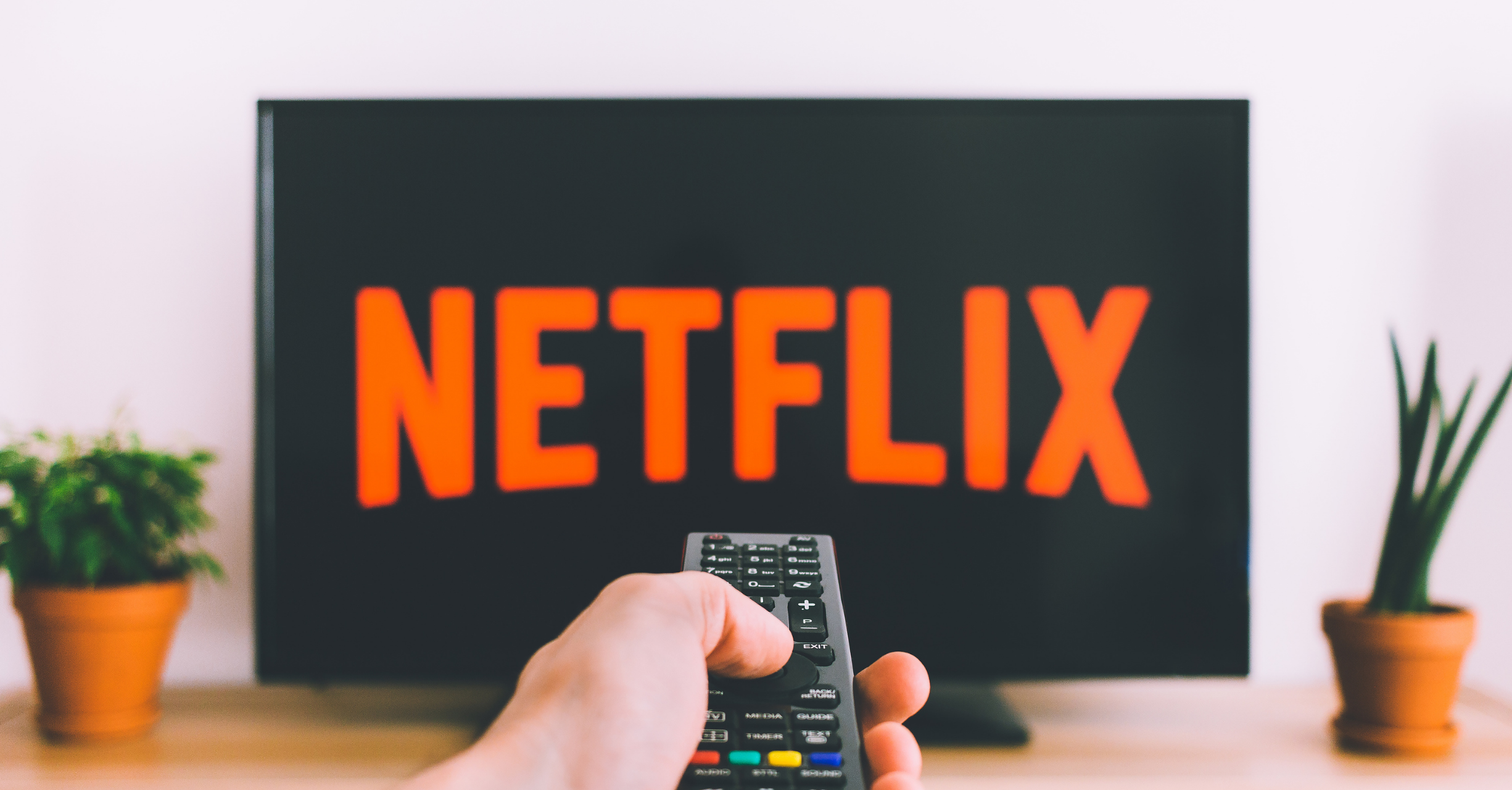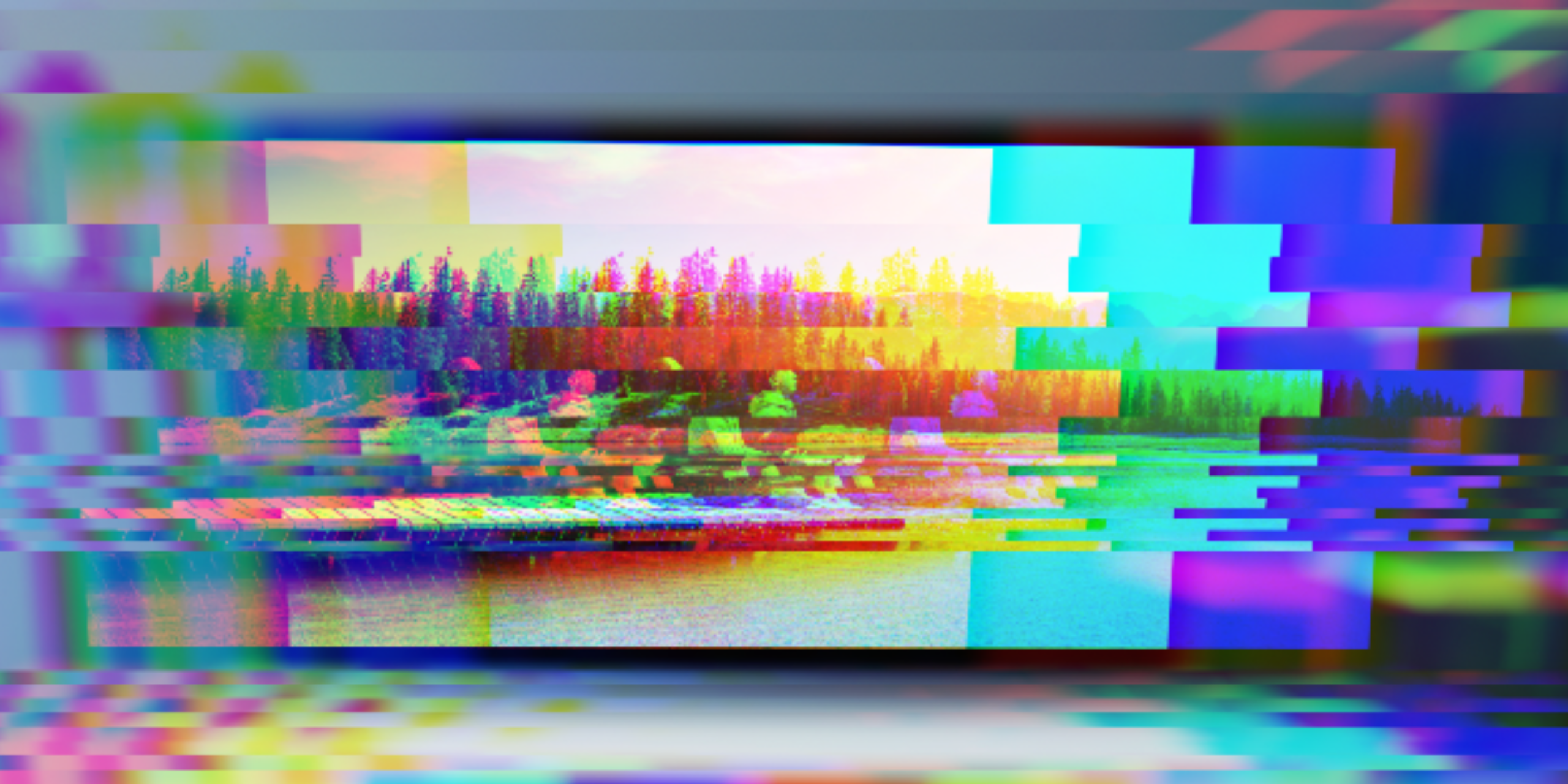Connected TV Programmatic
What is CTV? At its core, the connected TV definition refers to a concept that is very similar to OTT, or over the top. A connected TV device gets content, not over a traditional cable or satellite connection, but over the Internet. Still, it allows people to consume television through premium networks like Hulu, HBO Max, and others.
Therefore, the answer to the question “what is Connected TV?” would undoubtedly refer to boxes like the Apple TV, the Amazon Fire Stick and others. Certain types of gaming consoles would also fall under that moniker, with the Sony PlayStation and the Microsoft Xbox being two of the most prominent examples.
This also segues directly into connected TV programmatic – a process that uses the data being collected from all of these devices to automate the purchase of advertisements. It’s a much better alternative to how things were done in the past because advertisers have so much more actionable, accurate, and analytical information to work from. If you know who someone is, what types of devices they’re using, and what they spend their time watching, you’re in a better position to serve them with more relevant ads than ever before. This level of targeting would have been practically unheard of even as recently as a decade ago, but thanks to connected TV programmatic advertising, it’s officially here.
Programmatic: How Does Connected TV Advertising Work?
Examples of connected TV would be any device connected directly to television to stream premium content. The apps that are built directly into most smart TVs would also fall under that umbrella.
But what is CTV advertising? It’s a term that describes any avenue that serves ads before or even during those shows and movies, usually during traditional commercial breaks. When people ask how does connected TV advertising work, they’re referring to the mechanism through which this advertising content is delivered.
CTV advertising examples abound; if you’ve ever had to watch an ad before the start of a show on a service like HBO Max, you’re looking at Connected TV advertising in action. Many Connected TV channels operate in the same way. Note that something like YouTube wouldn’t necessarily be an example of this, as that isn’t defined as “premium content.” The clips people watch on YouTube are largely user-generated and have no uniform format or style.
Connected TV advertising does come with its own set of rules, like minimum purchasing requirements and CPMs. Note that when you partner with a connected TV advertising organization like Keynes, there is a minimum spend of $10,000 per month. While this may sound like a lot, it’s a low barrier for entry into the industry, especially when you consider the massive return on investment that your money can potentially get you thanks to the reach connected TV channels bring with them.
Programmatic: Connected TV vs Linear TV
All of this begs the question: what is linear TV, and what are the advantages of linear TV vs connected TV?
Linear television is essentially the “old school” way of consuming content. It refers to the traditional networks and their “regular” structures for buying advertisements. If someone wants to watch a particular show, they have to be home and in front of their television set on a certain day and time. If they’re not (unless they DVR the show in question), they’ll miss it. Advertisements are shown during traditional commercial breaks and tend to be quite general. They’re not specific because they must appeal to the widest possible audience, much like the shows themselves.
That’s why the battle between connected TV vs linear TV isn’t a fight. While it’s true that linear TV has the potential to expose a brand’s marketing message to an incredibly large audience, it’s also not necessarily a specific one. You’ll likely be paying to show your ad to a huge segment of people who have no intention of investing in products or services like yours. With connected TV, you can get more precise with where your money is going and thus put yourself in the best possible position to get the right message in front of the right person at exactly the right time.
Programmatic: Connected TV vs OTT
This also bleeds directly into a related concept – OTT vs linear TV. OTT stands for “over the top” and refers to movies and television shows that are delivered to people entirely over the Internet. They don’t have to subscribe to a traditional cable package to watch their favorite shows. So examples of this would include services like Apple TV+, Hulu, and HBO Max, among others.
This is different than connected TV platforms and connected TV providers. Connected TV refers to the hardware (or, in some cases, software) used to deliver the content. OTT refers to the shows and movies themselves. So in a way, they’re two sides of the same coin, but connected TV providers aren’t quite the same thing and shouldn’t be treated as such. People tend to use the terms interchangeably, but this isn’t quite right.
In terms of connected TV advertising platforms, connected TV vs OTT does offer several distinct advantages. Both offer an almost incredible level of tracking that isn’t available in OTT vs linear TV. You know more about who people are, what they like and dislike, and what they spend their time doing over the Internet. This gives an invaluable level of insight into who you should be targeting with your advertising, what types of messaging you should be putting out into the world, and, most importantly, why. This also allows you to improve your campaigns over time to be even more effective – something that requires a large amount of guesswork and estimation when you’re still talking about “traditional” programming.
Programmatic Connected TV Advertising Growth
Regardless of how you choose to look at things, connected TV advertising growth has been very impressive over the last decade. This is due in large part to the fact that high-speed Internet connections are now common in most homes across the country.
With regards to the connected TV advertising market size, connected TV advertising statistics show that about 42.2 million people in the United States watched some type of television via one of these streaming devices in 2020. This was helped by the still-ongoing COVID-19 pandemic which forced people to remain in their homes indefinitely. Indeed, the connected TV meaning took on an entirely new definition over the years as it essentially became our lifeline to the outside world in many ways.
Connected TV ad examples, but are not limited to, in-stream video ads, interactive pre-roll ads, home screen ads and more, give marketers a great deal of versatility in terms of how, where, and when their message is shown to viewers.
Because of this level of growth and the positive nature of connected TV advertising trends, it’s easy to see why it should be implemented in all of an advertiser’s marketing strategies. Make no mistake about it: connected TV is the way of the future. More and more people are getting rid of their expensive cable subscriptions all the time, but they still love the shows and movies they always have. Advertisers will need some way to reach them, and connected TV is absolutely how to do it.
Programmatic Connected TV Advertising Companies
In the end, advertisers have better chances of working with full services over self-services when it comes to connected TV advertising companies. CTV advertising companies that offer full “one-stop-shop” solutions can handle everything on your behalf, thus relieving the need to maneuver a programmatic platform on your own. While it’s true that you still get an incredible amount of data to draw from, it’s also possible to misinterpret that information without the right insight, which is what connected TV companies can help you avoid.
For just one connected TV advertising example, note that Keynes recently conducted many connected TV examples or studies that showed how it was able to grow our advertising marketing budgets in a variety of ways – ranging from increasing site traffic to head-to-head tests with other OTT agency partners, DSP partners, data providers, among others. Connected TV Programmatic is a very effective way to reach a target audience on their own terms, and it’s one that most organizations simply cannot afford to ignore.
Industry Expert Insights
We are your high-touch, performance-focused streaming TV and programmatic advertising partner. Our team of experts and a one-of-a-kind data-driven platform connects you to the best streaming TV marketing strategies.










